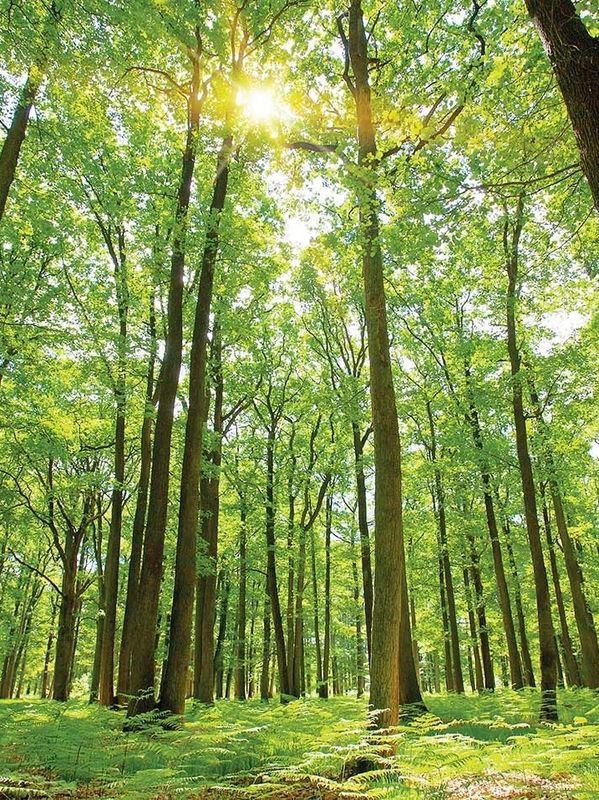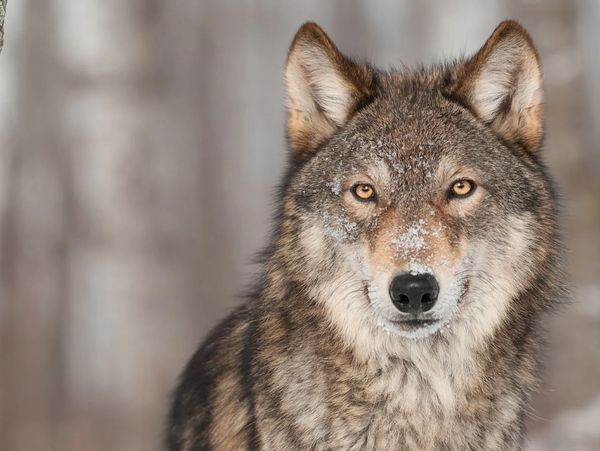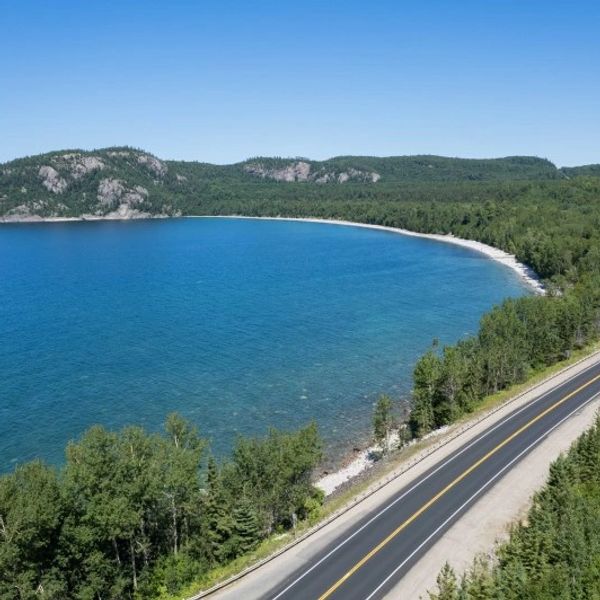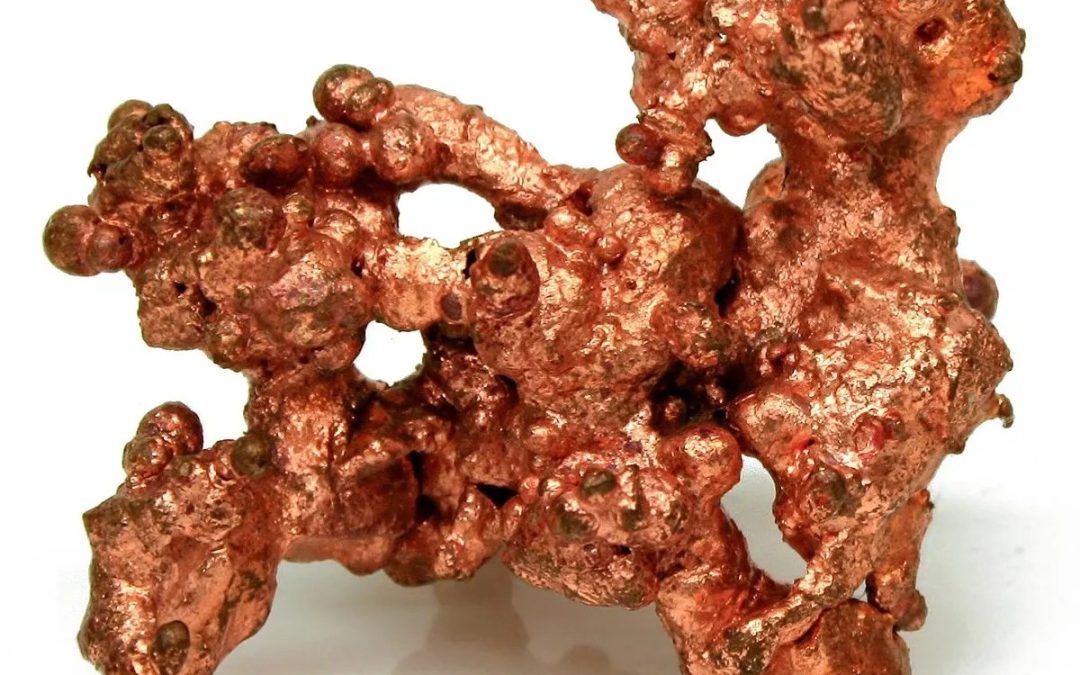Editor’s Note: The following is a summary of the proposed copper mining site Copperwood. Like any other mining, the proposed mine will have dire impacts on the ecology, health and human rights of the area, in this case, the Porcupine mountains and Lake Superior. The following text is compiled from the website Protect the Porkies.
Protect The Porkies is a grassroots campaign dedicated to resisting the development of a metallic sulfide mine in extreme proximity to Lake Superior, Porcupine Mountains State Park, and the North Country Trail. There has never been a metallic sulfide mine which did not contaminate water; Copperwood would be the closest such mine to Lake Superior in history; Lake Superior is the largest freshwater lake on the planet, representing 10% of the world’s surface freshwater.
It’s not hard to piece these facts together to see why the proposed mine is an atrocious and criminal idea. In a world which is getting hotter and drier, in which many cities must import water from hundreds of miles away, protecting freshwater is THE battle of our time.
All of the images on this piece were taken from Protect the Porkies.
Metallic sulfite mine would poison Lake Superior
Canadian company Highland Copper Inc. wants to drill under the Presque Isle River to seize minerals from directly beneath Porcupine Mountains State Park, the largest tract of mixed old growth forest remaining in the Midwest.
Unlike the White Pine North Mine (closed 1997 due to environmental concerns) which consisted of ore graded at 20% purity, Copperwood’s ore grade is estimated at only 1.5%, meaning that nearly 99% of mined material will be stored as 50+ million tons of heavy-metal laden waste rock on topography that slopes towards Lake Superior. Toxins of concern include mercury, arsenic, selenium, and lead. The data show that more than a third of tailings dams are at high risk of causing catastrophic damage to nearby communities if they crumble, and there are already multiple instances of serious failures.
Canadian company Highland Copper is a junior exploration company with zero experience opening and operating a mine, which already has a track record of violating permits and degrading wetlands. But they aren’t letting that slow them down: even though they lack key permits related to stream alterations and engineering of their tailings disposal facility, they have already begun their “summer site prep” of clearcutting and wetlands destruction.
Freshwater seas need protection

In addition to destroying 50+ acres of wetlands and forever altering the course of 5 streams, the project would be permitted to dump half a million gallons of wastewater per day into Namebinag Creek, which empties into Lake Superior. Namebinag Creek is also home to populations of Redside Dace, classified in Michigan as an Endangered Species requiring legal protection.
97% of Earth’s water is salt water and thus not potable. Of the remaining 3%, the majority is frozen in the ice caps and thus not accessible. Of what remains, Lake Superior represents a full 10% of the world’s surface freshwater.
There has never been a metallic sulfide mine which did not contaminate local water. The Chopperwood Mine would erect a tailings disposal facility holding 50+ million tons of heavy-metal laden waste-rock on topography sloping towards Lake Superior.
Even if the tailings dam holds, acid mine drainage is a certainty: sulfides will combine with water and air to create sulfuric acid — a.k.a. battery acid — which then steeps over waste-rock and river sediment to leach heavy metals into the environment.
The last old-growth forest
98% of this planet’s old growth forest have been cut. The 35,000 acres in Porcupine Mountains State Park represent the largest tract of mixed old growth remaining in the Midwest.
Let’s be clear: Porcupine Mountains State Park is not just any park. In 2022, the Porkies were ranked by users of Yelp.com as the “most beautiful State Park in America.” But company maps suggest Highland Copper seeks to drill beneath the Presque Isle River and extract minerals from directly under old-growth forest on Park property.
The mine would subject the area to heavy metal dust spewed up from hundreds of meters underground, to catch and carry on the wind for miles in all directions; twice-daily subterranean blasts which are known to disrupt the reproductive cycles of aquatic life; noise pollution and light pollution which will further impact the mating rituals and calls of wildlife. And it’s unlikely that acid mine drainage will turn around upon reaching the Park entrance, only a 15 second drive from the mine entrance road.
Clearcutting enables wildfires

Already Highland Copper has clearcut hundreds of acres of so-called “secondary” forest in preparation for the Chopperwood Mine. But there’s nothing secondary about the importance of such woods— in addition to existing for their own sake and providing homes for countless organisms, forest which is allowed to mature becomes a barrier against wildfires. As trees grow old, they develop thick fire-resistant bark and shed their lower limbs, thus creating a diverse canopy which is difficult to burn. In the dense shade below, mosses, lichens, and liverworts move in, and the ground grows into a moist sponge.
By replacing moist, shady conditions with hot dry desert with increased airflow, right in the middle of the woods, Highland Copper has greatly increased this area’s risk of wildfire. Not convinced? Consider that the Peshtigo Fire, the deadliest fire in American history, started specifically in a logging town.
At a time when wildfires are ravaging so many parts of the world, we should be doing everything we can to help our secondary forests mature, not replace them with a desert.
No more dark night skies

On the bluffs overlooking Lake Superior, the Presque Isle Campground at Porcupine Mountains State Park is one of the most popular in the Midwest. As a rustic campground, there is no electricity and no sewage dump. In just a short walk, visitors may reach three stunning waterfalls on the Presque Isle River or go fishing or swimming at the lakeshore.
Unfortunately, the Chopperwood Mine — in addition to subjecting the area to subterranean blasts, air pollution, and noise pollution — would be lit up like a casino all night long, effectively eliminating a clear view of the starry sky not just for the Presque Isle Area, but for miles around, potentially as far as Black River Harbor, another area of outstanding beauty.
In the 21st century, is there anything scarcer than a good view of the stars?
Home of wolf packs and fish

The 1500 acres encompassed by the mine site fall smack in the middle of a wolf pack’s territory, specifically the pack which travels between Black River Harbor and Presque Isle. It is one of only three wolf packs in the region.
A healthy, happy wolf pack is far scarcer than copper, and more valuable too. It is well known that large deer populations may over-browse riverbanks and bluffs around lakes. By keeping the deer population in check, wolves effectively prevent erosion— quite the opposite of Highland Copper, which is actively annihilating wetlands and rerouting streams.
The Anishinaabe Indians — also known as the Ojibwe — have fished the Presque Isle River and Lake Superior for hundreds of years and always been well-nourished. Unfortunately, fish are bio-accumulators of heavy metals, just like the kind which would be spewed from Chopperwood’s exhaust vents and leached from river sediment via acid mine drainage.
Redside Dace — an endangered species

In the 2009 biological monitoring report, populations of Redside Dace were found in both Namebinag and Unnamed Creek — two streams passing through the mine site which are planned to be rerouted. The Redside Dace is an Endangered Species in Michigan, and the Fishbeck, Carr, and Thompson report clearly states:
“Populations of Redside Dace within the Copperwood site should be protected from human-related impacts.”
Reishi provides medicine

Among the inhabitants of the ecosystem directly adjacent to the mine site is the Northern Reishi Mushroom (ganoderma tsugae). Prized for thousands of years in Chinese and Japanese medicine as “the Mushroom of Immortality,” the Reishi grows exclusively on Eastern Hemlock trees. Given that the Porkies hold the largest remaining tract of old growth Eastern Hemlocks — which have been all but eradicated in the East by the woolly adelgid — it is thus host to the largest and purest population of medicinal Reishi mushrooms in the country.
Unfortunately, like fish, mushrooms are bio-accumulators of heavy metals. One day, will mushroom foragers stop picking the Reishi for fear that a medicine has become a poison?
The last wild coastline

Rome wasn’t built in a day, and neither was industrial sprawl. First you build a network of roads, then you build a mine, then you build parking lots for your 100 or so employees, then those employees want to live nearby so they buy up land and build houses, before you know it there’s a sewage system, an electrical grid, and a proposal to connect the Presque Isle Scenic Area to Black River Harbor via highway, right along some of the last wild coastline remaining, and though such a thing was once inconceivable, it now strikes us as perfectly reasonable, because the mine and its infrastructure have already paved the way.
You may think this scenario sounds like fear-mongering, but just look around you and the proof is everywhere: roads already press against the North Shore in Minnesota and Canada and along all the other Great Lakes. None of it happened overnight: such development unfolds not at the pace of a Hollywood action film, but at an ooze over the course of years, decades, lifetimes. Ecologists refer to this as the Shifting Baseline Syndrome. If we don’t draw a line in the sand now, soon there will be nothing left to draw a line in front of.
A temple in hell

As we moderns come to spend our time increasingly immersed in artificial environments — staring at screens and slogging through traffic — pilgrimages into the peace of Nature fulfill a crucial role: walking along the Presque Isle River, breathing deep the conifer-filtered air while listening to the hush of waterfalls— such experiences are sacred to many. Hindus, Christians, Muslims, Buddhist, atheists and animists too — all are welcome in the Universal Church of Nature.
By threatening this thriving outdoor recreation area with rock grinding, heavy metal exhaust, light pollution, industrial traffic, and acid mine drainage, Highland Copper might as well be burning a temple.
The operation would likely lead to audible rock grinding and subterranean blasts using toxic ammonium nitrate which would be felt for miles around, both on the North Country Trail and in the Presque Isle Scenic Area of the State Park, and possibly even at Black River Harbor. As with the development of Eagle Mine in Marquette County, we can expect non-stop industrial traffic on County Road 519, heavy metal-laden dust from exhaust vents which travels far from its source on the wind. Given that the Copperwood is a metallic sulfide mine, there remain concerns regarding acid mine drainage — irreversible contamination of wetlands and waterways.
Indigenous history

Nawadaha, Manido, and Manabezho— these are the three waterfalls of the Presque Isle Scenic Area, which still bear the names of Anishinaabemanitous.
Long before Michigan, long before the arrival of Europeans, the Anishinaabe fished and foraged these lands. There was a nomadic settlement at the mouth of the Presque Isle River. Later, at that same beach, the Anishinaabe met to trade with French trappers. To this day, park-goers find arrowheads and other artifacts on the shore.
What tribute do we pay to this fine history by allowing a foreign company to contaminate these waters, spew heavy metal dust on the wind, and potentially even drill beneath the River, beneath the old growth, even beneath Lake Superior?
Though the situation may seem dire, there is still time to build opposition:
Highland Copper will not decide whether or not to greenlight construction until 2024, and they are still lacking $250 million required to initiate their project. But in the meantime, they are already clearcutting forest, rerouting streams, and destroying wetlands, so there is no time to lose.
If we as a society do not draw a line in front of protecting freshwater seas and old growth forest, then it means we won’t draw a line anywhere, and that is a very scary place to be as a species. So please, join the campaign today by taking action:
Sign the petition and pass it on to others; in 2024, we plan to bring the petition off the Internet and into the real world by hand-delivering it to the Governor’s office.
Reach out to Michigan’s politicians; even if you are not a resident, tell them that the outdoor recreation industry in Michigan is over 10 times the size of mining, and no state which entertains such an atrocious project will receive a single dollar of your tourist money.
And remember, Protect The Porkies is not an organization— we are a movement, and everyone is invited to be a part. We won’t win by following their playbook, but by using our creativity to come up with our own.
Got ideas? Do not hesitate to reach out: ProtectThePorkies@gmail.com
On another note…
DGR conducted its annual fundraiser on Ecology of Spirit. If you have missed it, you can view it here. You can also visit our auction for paintings, books, brownies and conversations. The auction will remain open till October 31.



Hey! Bottom line – “preservation over profit”.
While we’re fighting on many specific fronts, the big picture has to be instituting severe limitations on capitalism (ok, it’s complete dismantling). The greed factor favors the few while the planet suffers from exploitation and extraction. At the same time, consumers will need to understand that their greedy “wants” are assisting this destructive process. Getting folks to look past the capitalist bullshit of advertising and public relations is the challenge. We can bring market forces to a much more reasonable level through an awareness of hyper-demand living. Purchasing useless crap just perpetuates the problem. I think for most of America, unnecessary consumption is therapy. Yet, the addiction to consumer goods is obvious.
Enough rambling! Thanx